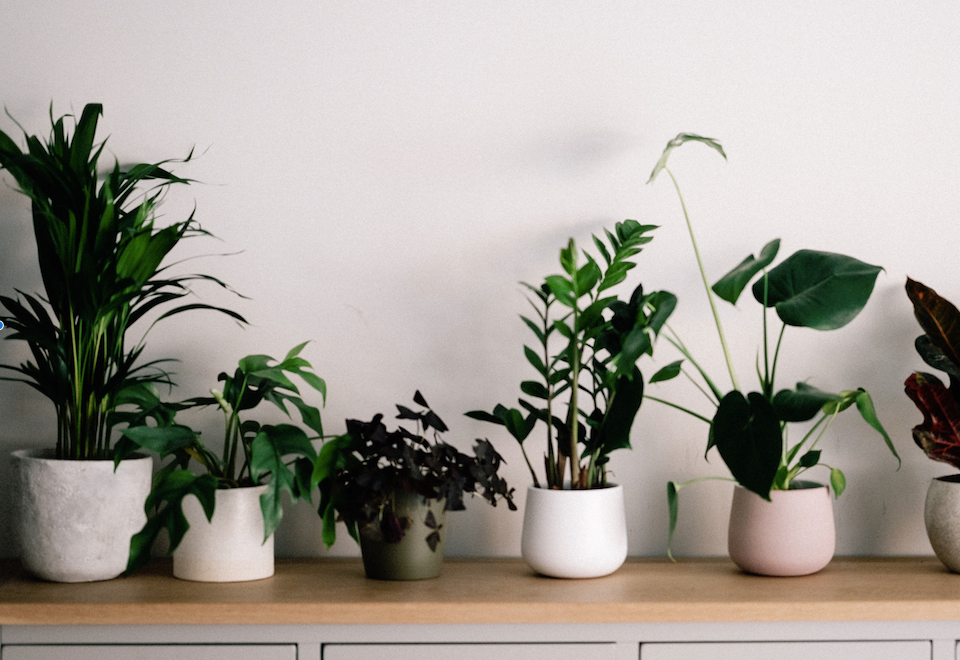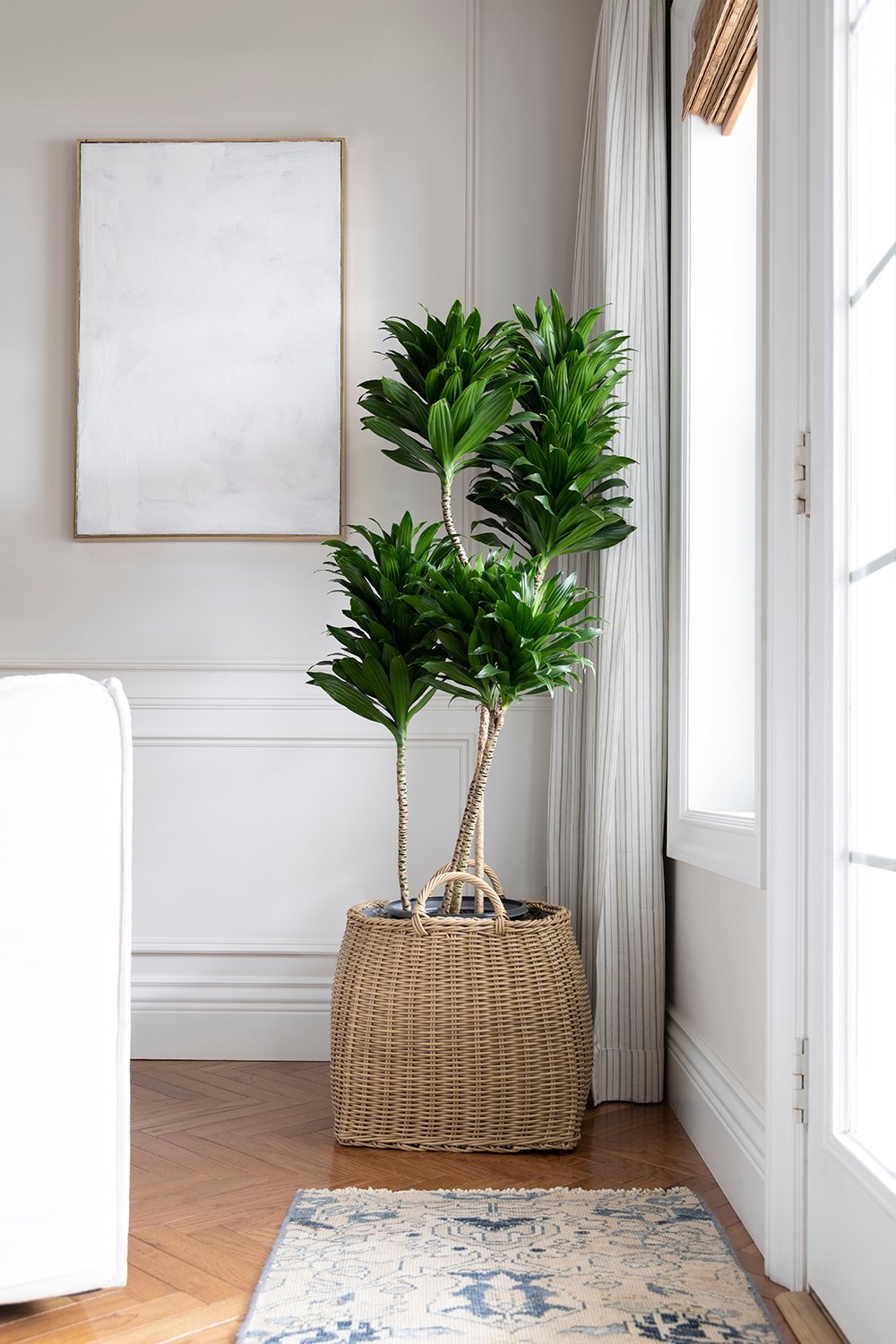Check Out the Distinct Benefits of Low-Light Indoor Plants for Your Living Area
Integrating low-light interior plants into your space supplies a wide variety of advantages that expand far beyond simple appearances. These durable plants not just grow in settings with minimal sunshine however additionally serve essential features such as air purification and humidity enhancement. They can positively affect your state of mind and total health while needing minimal maintenance. As you consider the transformative possibility of these plants, it becomes necessary to explore exactly how their unique attributes can customize your setting to much better offer your way of living. What certain advantages might reverberate most with your personal area?
Air Purification Advantages
Low-light indoor plants not only improve the aesthetic charm of living rooms yet additionally play a considerable duty in air filtration. Study has actually demonstrated that particular plant species can effectively get rid of usual interior pollutants, consisting of benzene, formaldehyde, and trichloroethylene. These compounds typically originate from home things such as furniture, cleansing products, and building products, adding to indoor air high quality concerns.
Plants such as the serpent plant, pothos, and peace lily are specifically experienced at filtering damaging substances from the air while flourishing in low-light problems. The process of phytoremediation, in which plants absorb and metabolize toxic substances, enables these species to add substantially to a much healthier interior setting. Additionally, via photosynthesis, plants release oxygen, better improving air quality.
Integrating low-light indoor plants right into office or home spaces not only provides aesthetic advantages yet likewise functions as a practical strategy for enhancing air quality. By picking the ideal varieties, individuals can produce an environment that advertises well-being and reduces direct exposure to unsafe toxins, making these plants a necessary element in modern interior living.

Mood Enhancement Effects
Countless researches have shown that including interior plants can dramatically enhance mood and total psychological wellness. The existence of greenery in indoor atmospheres has been connected to minimized anxiety levels, increased feelings of calmness, and boosted psychological wellness. Low-light interior plants, in specific, prosper in atmospheres where natural light is restricted, making them perfect for numerous living areas.
Study suggests that interacting with plants can stimulate the release of serotonin, a natural chemical related to sensations of happiness and well-being. Additionally, the act of taking care of plants cultivates a feeling of responsibility and achievement, additional contributing to positive mental health end results. Low-light plants such as serpent plants, pothos, and peace lilies have actually been shown to improve air quality, which is fundamentally linked to state of mind enhancement.
Incorporating these plants right into your home or office can develop a serene atmosphere, offering a visual and sensory escape from the stress of day-to-day life - Best low-light indoor plants. As people spend boosting quantities of time inside, the mood-enhancing impacts of low-light interior plants come to be a lot more essential, providing not only visual allure but also a profound effect on emotional wellness
Reduced Maintenance Requirements
For those looking for to boost their indoor rooms without a substantial time dedication, low-light interior plants are a suitable option due to their reduced upkeep needs. These durable plants prosper in less-than-ideal lights problems, making them best for homes and workplaces where all-natural sunshine is restricted.
:max_bytes(150000):strip_icc()/low-light-conditions-houseplants-1902917-834ee8847a324939b796845a6bc22d36.png)
Pest resistance is another advantage of low-light indoor plants. Many varieties are much less prone to common pests, minimizing the need for constant monitoring and treatment. Additionally, these plants normally expand more gradually than their high-light equivalents, suggesting less constant repotting and pruning are needed.
Visual Appeal and Versatility

Additionally, these plants can be arranged in myriad ways, whether in teams for a lush impact or as standalone attributes to draw the eye. The choices of planter designs-- from streamlined ceramic pots to rustic wooden containers-- even more enhance their visual worth, permitting house owners to express their personal style.
Moreover, low-light plants can be purposefully positioned in locations that may or else feel disregarded, such as corners or poorly lit shelves, consequently maximizing their ornamental potential. Ultimately, the mix of their striking appearance and versatility makes low-light indoor plants a valuable enhancement to any kind of space, producing a welcoming ambience that advertises well-being and relaxation.
Improved Humidity Degrees
Enhancing indoor moisture degrees is just one of the considerable benefits of incorporating low-light indoor plants into living spaces. These plants naturally release wetness vapor through a procedure referred to as transpiration, which occurs when water taken in by the roots relocates via the plant and evaporates from the fallen leaves. This procedure not only enhances moisture yet also adds to a much healthier indoor atmosphere.
Enhanced humidity degrees can reduce various health concerns, such as completely dry skin, breathing issues, and allergic reactions. Many people experience discomfort in arid interior problems, especially during winter season when heating unit are in usage. By purposefully placing low-light plants throughout your home, you can create a more well balanced humidity degree that fosters total health.
Furthermore, certain low-light interior plants, like peace lilies and crawler plants, are particularly efficient at boosting moisture. Their capability to thrive in low-light environments makes them optimal for various rooms, from offices to rooms. Along with improving humidity, these plants can also improve air high quality by straining common interior contaminants, making them a valuable addition to any space. Hence, low-light indoor plants serve both practical and visual functions, promoting a much healthier ambience.
Conclusion
In recap, low-light indoor plants use various advantages that add to a much healthier and extra welcoming living space. Including these resistant plants right into indoor settings not just boosts the ambiance yet also promotes overall wellness, developing a serene haven for citizens.
Plants such as the snake plant, pothos, and tranquility lily are especially proficient at filtering system unsafe materials from the air while flourishing in low-light problems. Low-light plants such as snake plants, pothos, and tranquility lilies have actually been shown to boost air quality, which is inherently connected to mood enhancement.
Low-light indoor plants, such as snake plants, pothos, and ZZ plants, not just boost the visual landscape of an area but also introduce various structures and shades of green that can complement varied interior best site styles. These plants normally launch moisture vapor with a procedure understood as transpiration, which happens when water taken in by the origins moves through the plant and evaporates from the fallen leaves.In addition, particular low-light indoor plants, like peace lilies and crawler plants, are especially reliable at check my site increasing moisture.